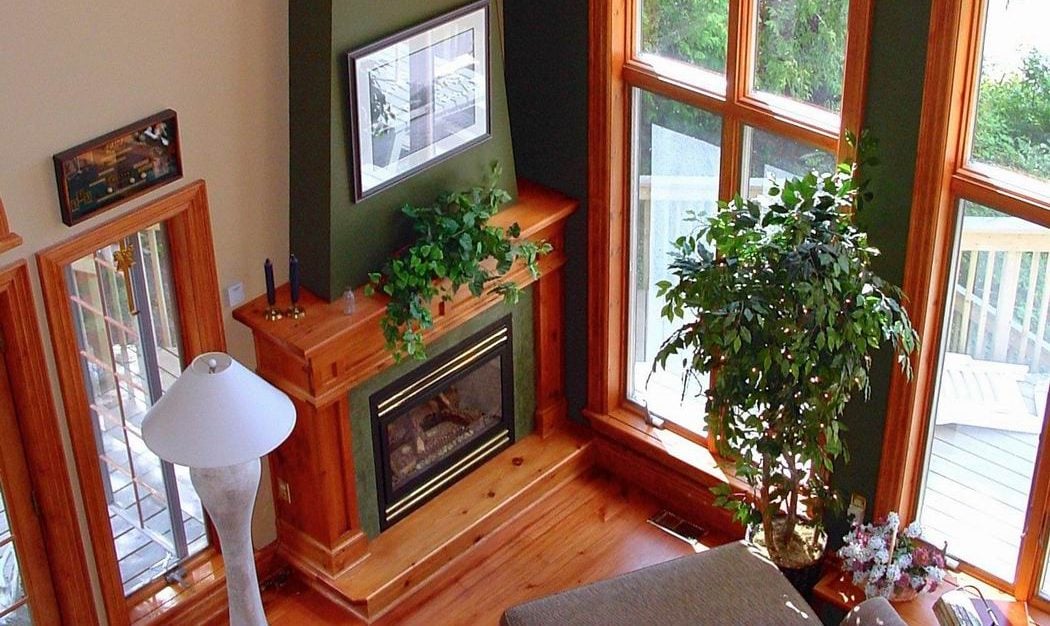There are an infinite number of ways to build mistakes, but far fewer ways to do things right; that’s why every homeowner looking to build or renovate needs to know something about design in order to create better renovations.
While it’s not your job to be an architect, eventually you’ll find yourself making decisions that either make or break the look and feel of major renovations or your new home.
That’s where these five design strategies can pay off. They have nothing to do with colour choices or furniture layout. But they are practical, tangible ideas that have helped me over the years. Maybe they’ll do the same for you.
#1: Make scale drawings or models
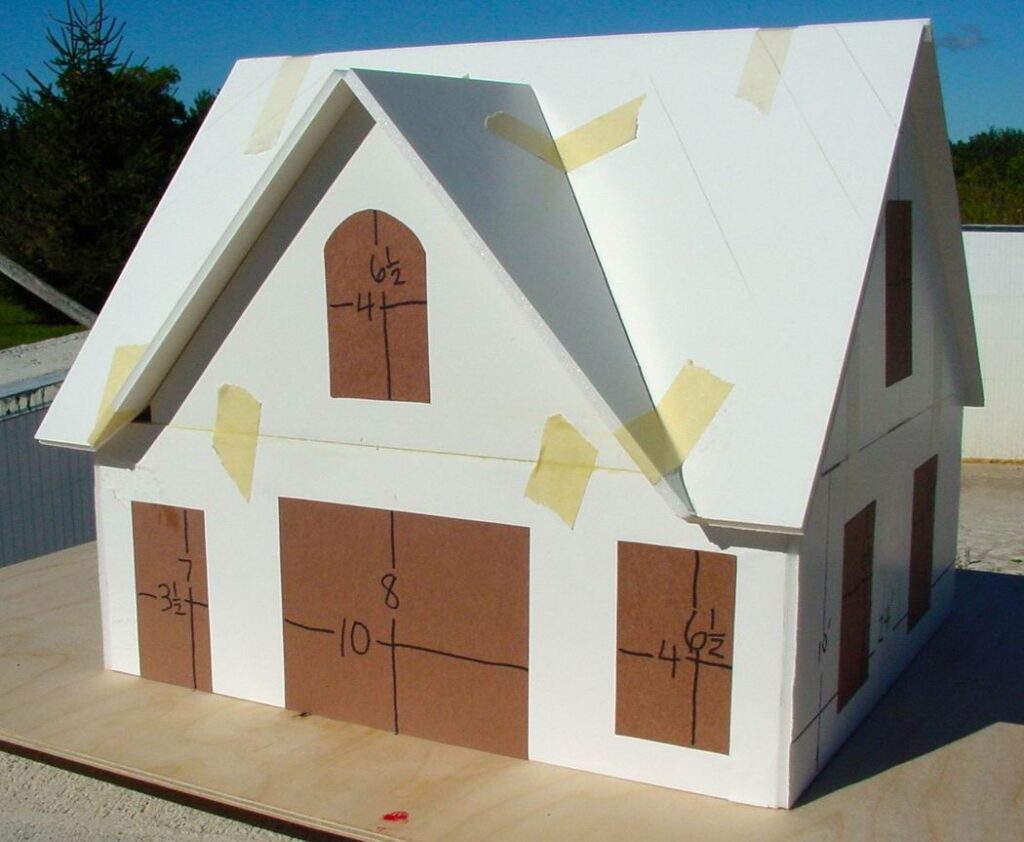
This is one of those ideas that seems like a waste of time until it saves you from a major visual mistake. Then its value is obvious.
Even experienced builders can’t always imagine the overall effect of making, say, a home a foot or two higher.
Verandas and decks can ruin the look of an otherwise beautiful home if they’re too wide, narrow or long. The slope of an addition roof can either enhance or ruin the overall appearance of an entire house. Even window shape, proportions and placement have a huge influence on how your project looks.
A scale drawing or model finds the sweet spot for all these design details by letting you make mistakes on a tiny and manageable level. If something doesn’t look right, change the drawing or model until it does, then build the real thing with confidence.
Despite years of experience, few builders I’ve seen can fully imagine how a house or addition will look in 3D simply based on numbers and dimensions, and homeowners are typically much worse off. That’s why creating a scale rendering offers so much value.
A sharp utility knife, some 3/16-inch-thick foam board, masking tape, wood glue and a ruler are all you need. You’ll find a scale of 1/2-inch to the foot is ideal for most projects. If you’re handy with computers, you can do the same thing on a screen using a program like Sketchup.
#2: Create light on two sides of rooms
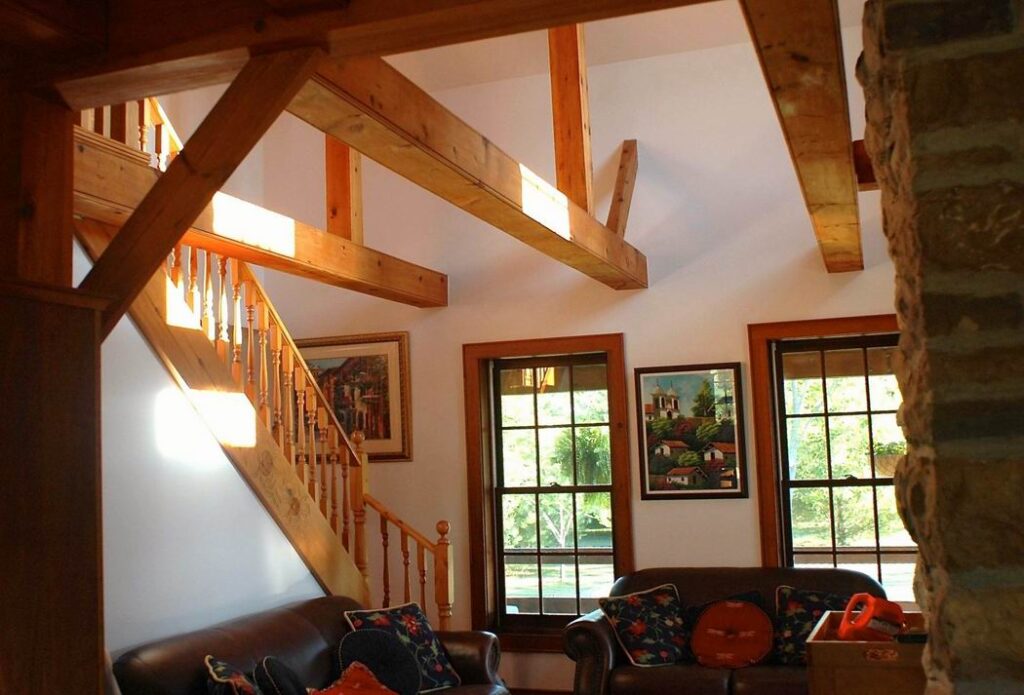
Have you ever noticed how some spaces look and feel terrific, while others seem ugly and sad? Why the difference? Often it’s about more than just the quantity of light, it’s about the quality of light.
When outdoor light enters a room from two adjoining sides, it almost always makes a space feel more inviting than the same space with light entering from one side only.
It’s not always easy to do, and sometimes skylights or sun tunnels are needed to make it happen when windows can’t be used. But despite the hassles, the results are exceptional.
#3: Go for steep and interesting roofs
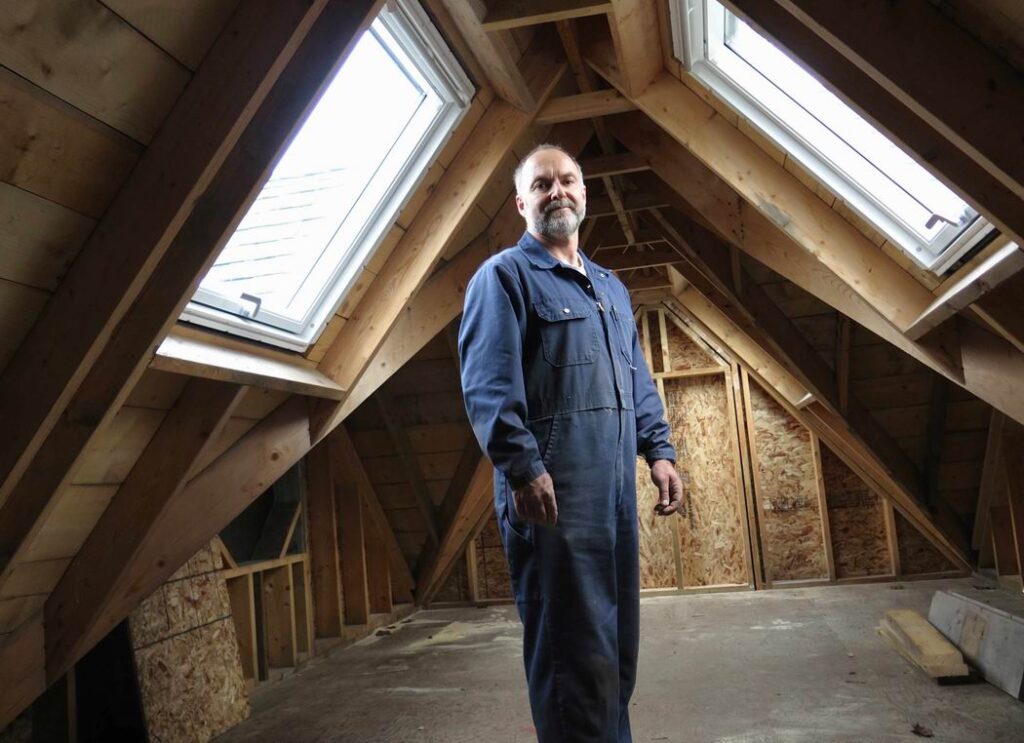
When manufactured roof trusses first became popular after the Second World War, roofs got flatter, plainer, easier to build and considerably uglier. Slowly but surely even truss roofs have been getting steeper and more interesting over the last 20 years.
Computer-aided design means truss manufacturers can now do a lot more than they could to accurately add gables, dormers and other interesting features to truss roofs with steep pitches. That’s why pleasing roofs are becoming more common.
While it’s true that not all building budgets allow more than the cheapest possible roof, when people realize how much more beautiful and interesting steep and varied roof lines are, it’s surprising how budgets expand.
#4: Consider livable attics
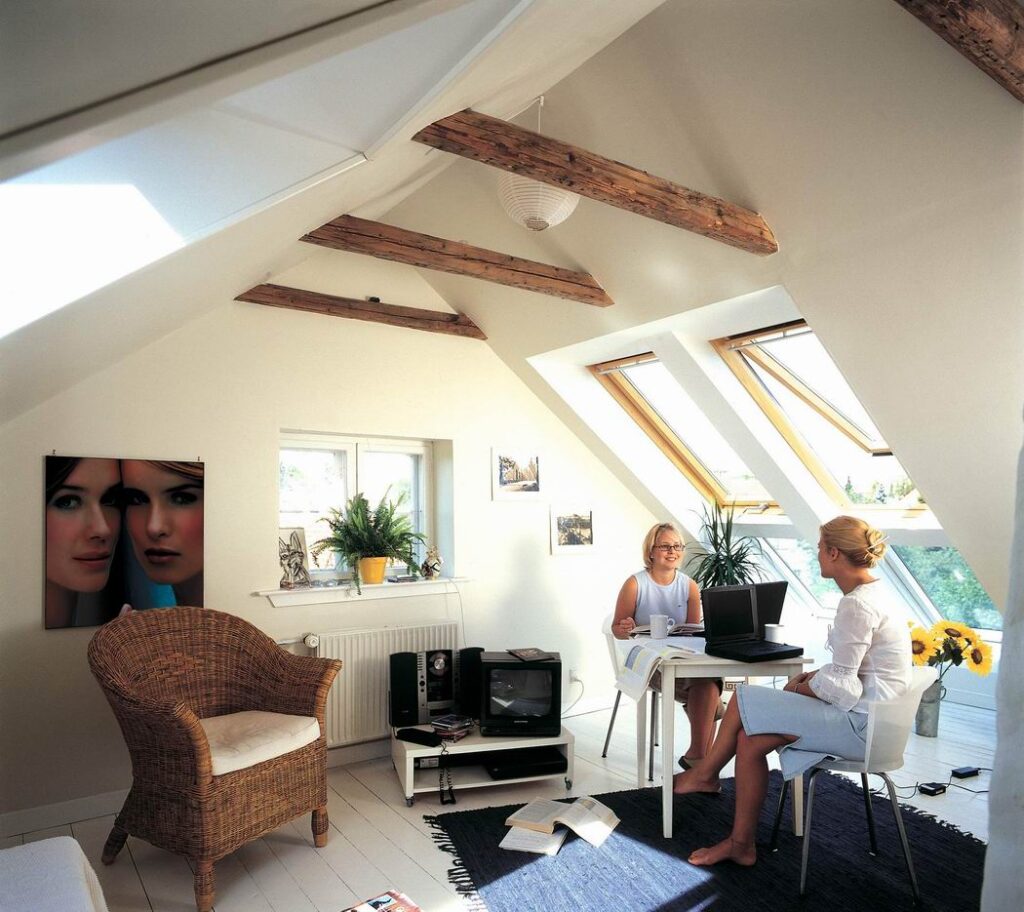
Built right, attic spaces are inviting, mysterious, romantic and rare. They can also be built so they’re comfortable all year.
The first key structural detail is adequate insulation of the roof structure. Build with SIPs (structural insulated panels) or use spray foam between rafters. Either will create a hot, unventilated roof surface, so if you’re roofing with shingles, use fibreglass instead of organic asphalt. Fibreglass shingles have no problem lasting under extremely hot conditions that would cause organics to curl in seven or eight years.
#5: Create transition zones
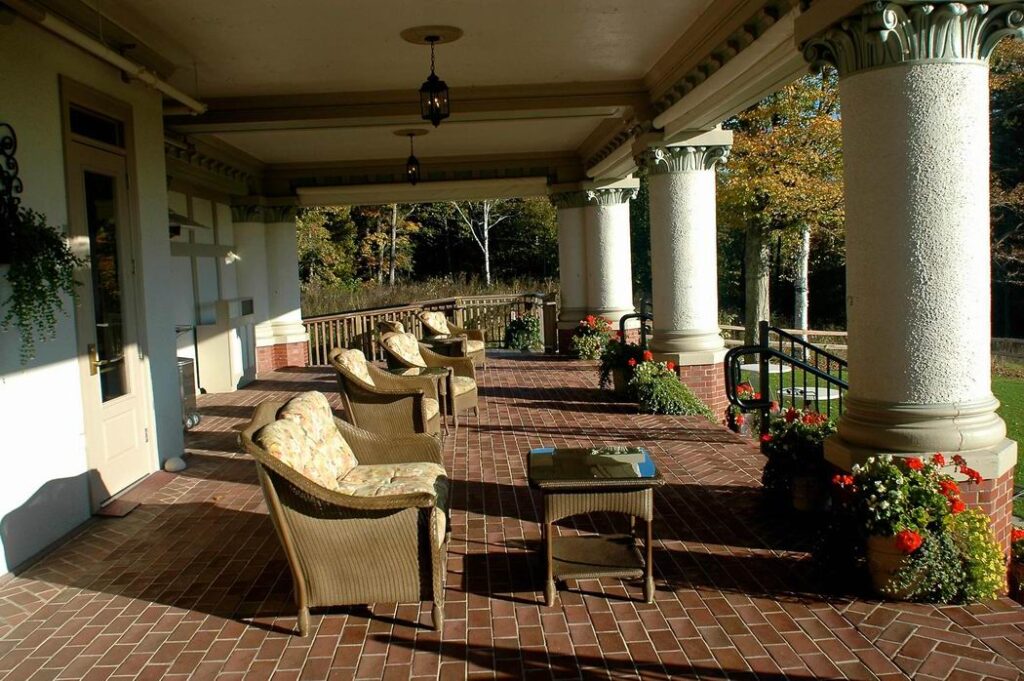
No matter how effective exterior doors get, there’s simply no substitute for a transition zone between indoor and outdoor spaces. Builders of old knew this fact, and that’s why they built mudrooms, covered porches and awnings over doors.
If ever there was a country that needed intentional transition zones between the warmth of indoors and the harsh realities of outside, Canada is it. Why we forgot this truth, I don’t know. But thankfully, I’m seeing more and more builders remember.
You’re looking to create a realm that’s neither completely inside nor outdoors, a space that eases the movements of people on a practical and visual level. Decks are a feeble attempt at this, but the lack of a roof is like a hamburger without the patty. That’s why you should consider some type of covered entrance, veranda or mudroom in your projects.
